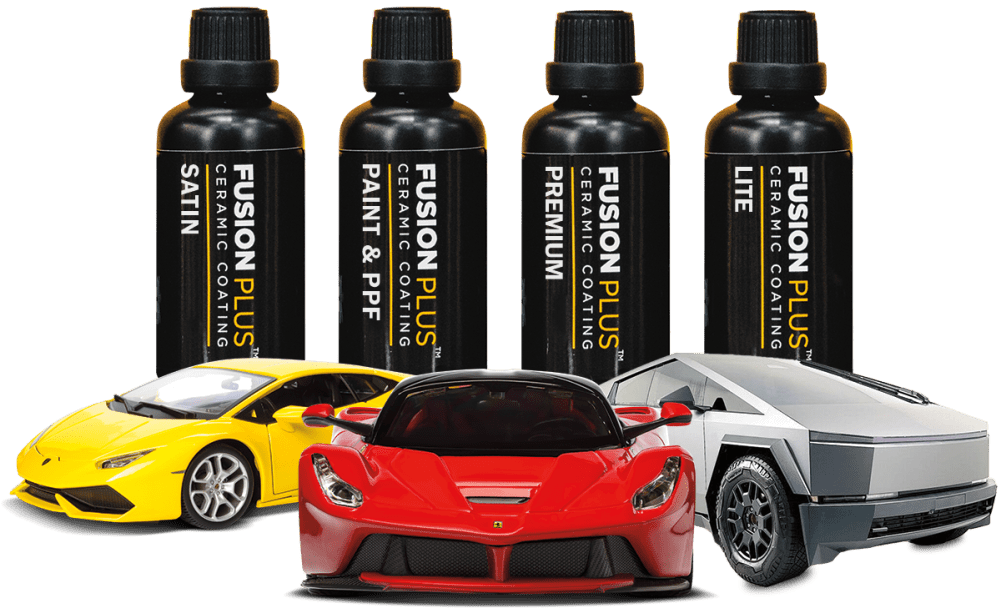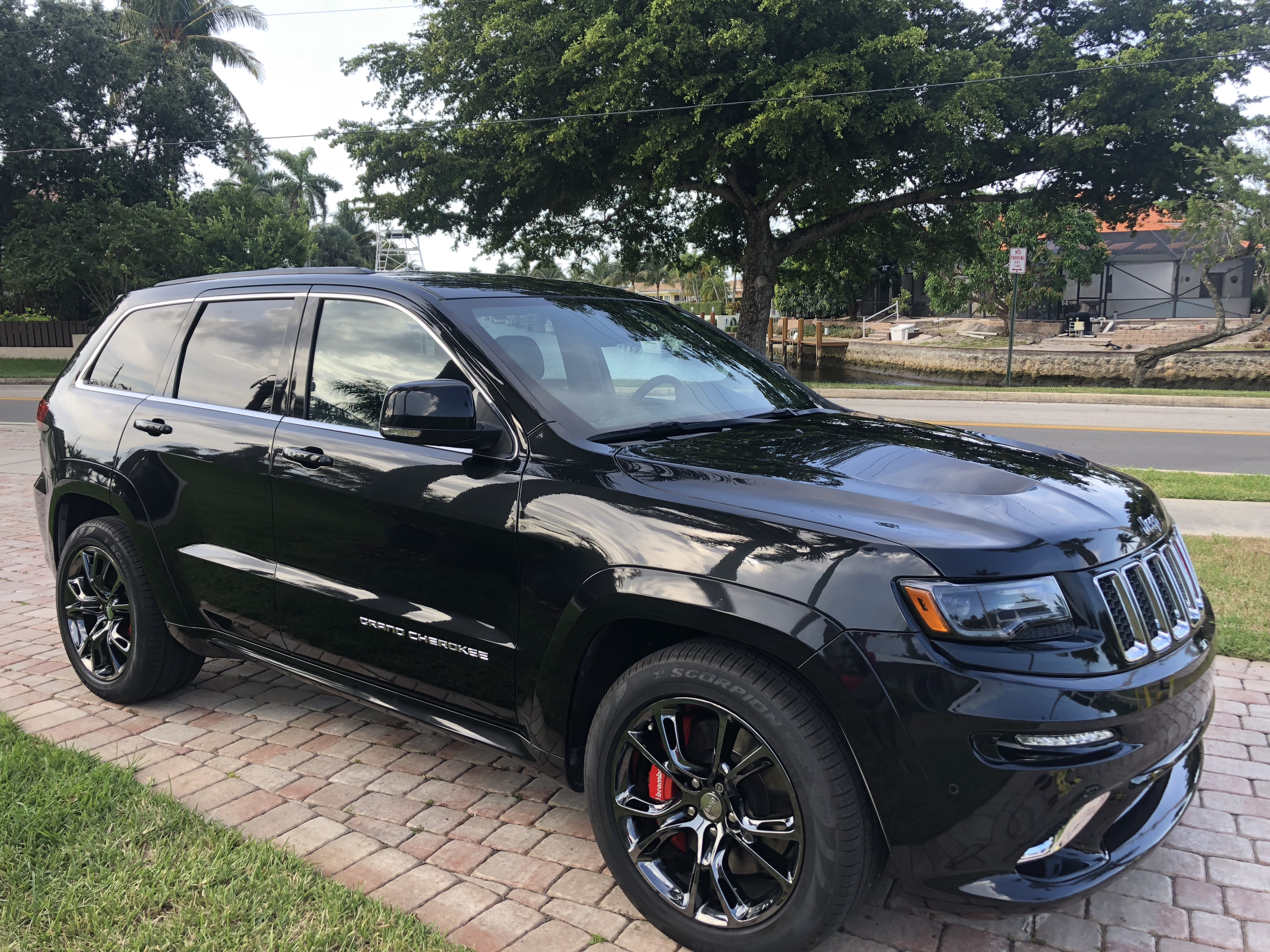Ceramic Pro: Ultimate Protection and Radiate for Your Vehicle
Ceramic Pro: Ultimate Protection and Radiate for Your Vehicle
Blog Article
The Scientific Research Behind Ceramic Finish: How It Enhances Your Automobile's Aesthetic and Sturdiness

Comprehending Ceramic Covering Chemistry
The chemical make-up of ceramic coverings plays a critical duty in establishing their resilience and safety homes on automobile surface areas. Ceramic finishings are generally comprised of silicon dioxide (SiO2), which is a primary component offering firmness and heat resistance. Other active ingredients such as titanium dioxide, silicon carbide, and polysilazanes are commonly contributed to boost particular properties like UV resistance, bond, and hydrophobicity.
Silicon dioxide, additionally known as silica, creates a strong and transparent layer on the vehicle surface when applied appropriately. This layer acts as a guard, safeguarding the paint from ecological pollutants, UV rays, oxidation, and chemical stains. Titanium dioxide aids in obstructing hazardous UV rays that can cause paint fading and deterioration. Silicon carbide is recognized for its abrasion resistance, making the ceramic coating sturdy and challenging against physical damages. Polysilazanes are utilized to improve the finishing's versatility and bond to the automobile's surface, ensuring lasting protection. Recognizing the chemistry behind ceramic coatings is critical for both applicators and car proprietors to appreciate the worth and benefits these coatings supply in keeping the visual charm and longevity of automobiles.
Boosted Gloss and Mirror-like Finish
Recognizing the chemical composition of ceramic layers not only discloses their protective buildings yet also clarifies just how they contribute to attaining a boosted gloss and mirror-like surface on vehicle surfaces. The secret to the shiny effect exists in the nano-ceramic particles existing in the layer. These particles complete microscopic pores and imperfections on the surface area, producing a smooth and level coating. As light hits the coated surface area, it mirrors evenly, offering the look of a deep, glossy shine. Furthermore, the chemical framework of ceramic finishings enables them to develop a strong bond with the car's paintwork, protecting against oxidation and keeping the quality of the surface in time. This bond also stands up to ecological impurities, such as dirt and gunk, that can plain the luster of the car. The mix of filling up homes, light representation, and durable defense makes ceramic coverings a prominent selection for those looking for a dynamic and mirror-like surface for their lorries.

Influence On Paint Security and Longevity
Ceramic finishes for lorries considerably boost the longevity and protection of the paintwork. By forming a chemically resistant layer on top of the car's clear layer, ceramic layers serve as an obstacle against various environmental pollutants that can harm the paint in time. These finishes are designed to drive away about his dust, water, road salt, bird droppings, and other unsafe substances, decreasing the risk of paint oxidation and corrosion. Furthermore, the hardness of ceramic layers provides a degree of scrape resistance, aiding to maintain the lorry's appearance for a prolonged period.
In regards to durability, ceramic coatings supply a sturdy option compared to conventional waxes or sealants. While waxes might last a few weeks to a few months, ceramic finishes can in 2014 with appropriate maintenance. This prolonged lifespan not only lowers the regularity of reapplications but likewise saves time and effort in the lengthy run. In general, the protective buildings of ceramic finishes add substantially to maintaining the automobile's paintwork and enhancing its aesthetic appeal over an extensive duration.
Resistance to Contaminants and Harsh Components
With the safety shield provided by ceramic layers against various environmental impurities and elements, cars are able to keep their immaculate appearance regardless of direct exposure to severe conditions. Ceramic finishings develop a strong barrier that wards off water, dirt, recommended you read dust, and other typical toxins, preventing them from bonding to the automobile's surface area. This hydrophobic nature not just makes cleaning much easier however likewise reduces the risk of water areas and etching brought on by acidic contaminants. Furthermore, the chemical resistance of ceramic finishes assists secure the paint from bird droppings, insect splatter, tree sap, and other harsh materials that can harm the surface with time.
Additionally, ceramic coverings use UV defense, securing the car's paint from the sunlight's hazardous rays that can trigger fading and oxidation. This resistance to UV damage helps preserve the color intensity and sparkle of the paint for longer durations. By creating a long lasting and lasting barrier, ceramic finishes make certain that the lorry's outside remains shielded against a variety of impurities and severe aspects, maintaining its aesthetic appeal and durability.
Application Methods and Maintenance Tips
For ideal outcomes when using ceramic finishes to automobiles, making use of correct techniques and adhering to advised upkeep practices are necessary. Prior to applying the ceramic finish, it is important to extensively clean and decontaminate the vehicle's surface to guarantee proper attachment.
When applying the ceramic finish, it is suggested to work in little sections to guarantee even protection and to prevent the item from drying out too rapidly. Using applicator pads or microfiber fabrics, use the finishing in a crisscross or up-and-down motion, depending on the item's instructions. After the finishing is applied, enable it to heal for the defined time prior to rubbing off any residue.
In terms of upkeep, regular cleaning with pH-neutral soaps and staying clear of harsh chemicals or abrasive devices will certainly aid maintain the ceramic coating's stability. Periodic assessments for any type of damages or use on the covering can also aid preserve its protective residential properties gradually.

Conclusion
Finally, ceramic finishing boosts an automobile's aesthetic charm and durability with its chemical make-up, offering a shiny surface and safeguarding the paint from ecological pollutants. Its resistance to rough aspects and ease of maintenance make it why not find out more a prominent choice for auto owners seeking to preserve the appearance of their vehicles. In general, ceramic coating is a clinically backed service for preserving the appearance and durability of your car.
Comprehending the chemistry behind ceramic coatings is important for both applicators and vehicle proprietors to value the worth and benefits these coverings use in keeping the aesthetic charm and long life of lorries. (ceramic pro)
Comprehending the chemical make-up of ceramic layers not just exposes their protective residential properties but additionally sheds light on exactly how they contribute to achieving an improved gloss and mirror-like coating on automobile surfaces. By creating a chemically resistant layer on top of the vehicle's clear layer, ceramic layers act as a barrier versus numerous ecological contaminants that can harm the paint over time. On the whole, the safety properties of ceramic layers add considerably to protecting the automobile's paintwork and improving its aesthetic allure over an extended duration.
In verdict, ceramic coating improves a lorry's aesthetic allure and toughness through its chemical composition, supplying a shiny surface and safeguarding the paint from environmental contaminants.
Report this page